English Beverages: Basic Overview
Common Ingredients
Common Preparing Methods
Key Taste
Drinking Etiquette
Culinary Festivals
Influence and Fusion
Classifications of English Beverages
-
Alcoholic Beverages
English alcoholic drinks blend history with tradition, reflecting the nation’s cultural essence.
From the botanical-infused gin with its medicinal roots to the diverse array of beers and ales showcasing brewing artistry, these beverages are deeply connected to local traditions and agriculture.
Spirits like Pimm’s and traditional ciders are integral to social events and seasonal festivities, symbolizing the communal and heritage aspects of English life.
-
Non-alcoholic beverages
Non-alcoholic English beverages range from the essential English breakfast tea to comforting hot chocolate, embodying tradition and daily comforts.
With ingredients like malt in Horlicks and various fruit juices in squashes, these drinks cater to diverse tastes while holding cultural significance in rituals of hospitality and seasonal changes.
English beverages are drinks that are commonly enjoyed within England, a country that is part of the United Kingdom, located on the island of Great Britain in north-western Europe.
These beverages form an integral part of British cuisine and reflect the country’s rich cultural heritage and history. England’s climate and geography have influenced the variety of drinks available, ranging from warm, comforting beverages to cool, refreshing ones.
Tea is a central part of English culture, introduced in the 17th century and often enjoyed with milk and sugar, or during afternoon tea.
English alcoholic beverages mainly include traditional beers like ales, bitters, and stouts, popular in pubs and gatherings. Cider, from fermented apple juice, is favored in regions with apple orchards.
Besides, there are non-alcoholic choices like soft drinks, mineral water, and fruit juices, with historical drinks like mead, from fermented honey, remaining part of the heritage, albeit less frequently consumed today.
In addition to revealing the 29 most renowned English beverages, I also explore the traditional drinking customs of England, the global popularity of English drinks, and the art of pairing these beverages with food.
Dive into the world of English beverages and culture – begin your journey today!
29 Popular English Beverages
Explore the essence of English drinks through our engaging guide, highlighting 28 beloved beverages from England, listed by their popularity.
This guide features useful filters to effortlessly find your ideal drink based on its popularity, ingredients, flavor profile, and preparation methods. Choose from categories like traditional, national favorites, street drinks, or fusion concoctions for a tailored experience.
Gin
- Alcoholic
- National
Gin is a distilled alcoholic beverage flavored primarily with juniper berries, among other botanicals. Originating as a medicinal liquor made by monks in Europe, gin evolved into a popular commercial spirit.
It gained prominence in England after the introduction of jenever, a Dutch and Belgian liquor, especially after the Glorious Revolution of 1688. Gin is known for its versatility in cocktails, most famously the gin and tonic.
As a national drink of England, there are various styles and brands of gin, with London Dry Gin being one of the most renowned variations.
The production of gin involves the distillation of barley or other grains, with the addition of juniper berries and often a blend of other botanicals, giving it a distinctive flavor.
Gin has played a significant role in British culture, particularly during the Gin Craze of the 18th century. Today, it remains a popular spirit worldwide, with numerous craft distilleries producing their unique takes on the classic spirit.
Gin and Tonic
- Alcoholic
- Traditional
Gin and tonic is a cocktail deeply rooted in English culture, often considered a quintessentially English drink. This refreshing beverage, combining gin with tonic water and typically garnished with a slice of lime or lemon, originated in the 19th century.
British officers in colonial India invented it as a way to make quinine, used as a malaria preventative, more palatable.
The gin and tonic has evolved over time, with numerous variations emerging, including those with added herbs, spices, or fruit flavors, making it a beloved drink in the UK and beyond.
English Beer
- Alcoholic
- Street Beverages
- Traditional
English Beer is a traditional beverage of English cuisine, known for its rich history and variety. It encompasses several styles, including bitter, mild, brown ale, and old ale, with stout, porter, and India pale ale having their origins in London.
English beer, particularly noted for its top-fermented cask beer or real ale, matures in the cellar of the pub rather than at the brewery and is served with natural carbonation.
The brewing tradition in England dates back thousands of years, with a significant consumption rate recorded during the Middle Ages. The introduction of hops for flavoring beer is a notable development in its brewing history.
English beer has evolved over the centuries, with modern developments including the rise of microbreweries and bottle-conditioned beers, alongside the historical consolidation of brewers into multinational corporations.
Ale
- Alcoholic
- Traditional
Ale is a traditional beer from medieval England, characterized by its warm fermentation method. Initially, ale was made without hops and used gruit, a mix of herbs and spices, for bitterness. Over time, hops became the preferred bittering agent.
The term “ale” has Germanic origins, and the beverage was a significant part of medieval nutrition, often brewed by women known as brewsters or alewives.
Ale varies in taste and strength, and it played a crucial role in the daily diet of various social classes during medieval times.
Stout
- Alcoholic
- Traditional
Stout is a dark, rich beer known for its robust flavor, often with hints of coffee and chocolate. Originating from the British Isles, stout has become a beloved traditional beverage, enjoyed both nationally and internationally.
Famous variations of stout include dry stout, milk stout, and imperial stout, each offering a unique taste experience. Stout is particularly associated with festive occasions like St. Patrick’s Day, where it is celebrated as part of the cultural festivities.
English Cider
- Alcoholic
- Traditional
English cider is a traditional alcoholic beverage made from the fermented juice of apples, with a strong cultural presence, especially in the UK’s West Country. It varies from dry to sweet, with an alcohol content traditionally between 1.2% and 8.5% ABV.
UK law requires cider to have at least 35% apple juice content, though real cider enthusiasts advocate for at least 90%. English cider’s flavor profile ranges from clear to amber, available in both sparkling and still forms. It reflects the rich agricultural heritage of cider-producing regions.
English Whisky
- Alcoholic
- National
English whisky is a distilled beverage made from cereal grains, malt, and water, marking England’s historical and recent contributions to whisky production.
Though not as renowned as its Scottish, Irish, or Welsh counterparts, English whisky has a rich history dating back to the 1800s, with distilleries in London, Liverpool, and Bristol. After a hiatus in the 20th century, English whisky production was revived in 2003.
Today, England boasts a variety of whisky types, including single malt, triple malt, blended whisky, and single cask expressions.
The resurgence of English whisky is supported by the establishment of new distilleries and the formation of the English Whisky Guild in 2022, aiming to promote and protect this burgeoning industry.
English whisky is a national drink of England celebrated for its diverse flavors, ranging from sweet and savory to spicy and smoky, reflecting the innovation and craftsmanship of its producers.
English Breakfast Tea
- Non-Alcoholic
- Traditional
English breakfast tea, a staple of British cuisine, is a blend of several black teas, often including Assam, Ceylon, and sometimes Kenyan teas. This traditional beverage is known for its robust flavor and is commonly enjoyed as part of the full breakfast, a significant meal in British culture.
English breakfast tea is typically served with milk, but can also be enjoyed black, with sugar, or with honey to suit individual tastes. Its strong, full-bodied nature makes it a popular choice not only for breakfast but throughout the day, embodying the British tradition of tea drinking.
Variations of this tea blend may vary slightly in flavor and strength, but the classic English breakfast tea remains a beloved part of the British culinary heritage, often associated with the comfort and warmth of morning routines.
Hot Chocolate
- Non-Alcoholic
- Street Beverages
Hot chocolate, also known as hot cocoa, is a beloved traditional beverage in English cuisine as well as globally. It is made by mixing shaved or melted chocolate or cocoa powder with hot milk or water and usually sweetened to taste.
Often garnished with whipped cream or marshmallows, hot chocolate is celebrated for its warm, comforting qualities.
This drink has undergone various transformations since its introduction to Europe from the Americas, with the English version being traditionally less sweet and thicker, sometimes referred to as drinking chocolate.
Hot chocolate is particularly favored during the cold seasons, serving as a comforting treat in winter and around Christmas time.
Pimm’s
- Alcoholic
- Street Beverages
- Traditional
Pimm’s is a traditional English drink, first created in 1823 by James Pimm. It’s a gin-based fruit cup known for its dark brown color with a hint of spice and citrus.
Traditionally served as a Pimm’s Cup cocktail, it’s mixed with clear, carbonated lemonade and garnished with fruits like apple, cucumber, and strawberry, along with mint. Variations include the Pimm’s Royal Cup with champagne and the Winter Cup with warm apple juice.
Pimm’s is a staple at British summer events such as Wimbledon, where it’s one of the two official drinks alongside champagne, with over 80,000 pints sold annually to spectators.
Earl Grey Tea
- Non-Alcoholic
- Traditional
Earl grey tea is a traditional English blend of black tea flavored with bergamot oil, giving it a distinctive taste. Originally made from black teas like Chinese keemun, intended to be enjoyed without milk, it has evolved to include varieties such as green and oolong.
Named after Charles Grey, 2nd Earl Grey, a British Prime Minister in the 1830s, its exact origins are surrounded by legend. Earl grey tea has become an iconic part of British tea culture, associated with sophistication, and has inspired variations like Lady Grey.
Ginger Ale
- Non-Alcoholic
- Traditional
Ginger ale is a carbonated soft drink flavored with ginger. It is a traditional beverage in British cuisine, though not exclusively British, and is known for its refreshing and slightly spicy taste. Ginger ale is often enjoyed on its own or used as a mixer in various cocktails.
There are famous variations of ginger ale, including dry ginger ale, which is less sweet and has a more pronounced ginger flavor, and golden ginger ale, which is sweeter and has a more intense color and flavor due to the addition of caramel or molasses.
While ginger ale itself is not specifically associated with any British festivals or celebrations, it is a popular choice as a non-alcoholic alternative or cocktail ingredient for holiday gatherings and social events.
Lucozade
- Non-Alcoholic
- Traditional
Lucozade, originally known as Glucozade, is a British energy and sports drink that has transitioned from a health tonic for the sick to a popular beverage aimed at providing energy and hydration.
Initially sold in pharmacies as a recovery aid, its rebranding in the 1980s shifted its image towards an active lifestyle, associating it with sports and fitness.
Lucozade is available in various flavors and formats, including carbonated drinks and energy gels, catering to a broad audience seeking a boost in energy and performance.
Dandelion and Burdock
- Non-Alcoholic
- Street Beverages
- Traditional
Dandelion and Burdock is a traditional British beverage that dates back to the Middle Ages. Initially, it was a type of light mead, but it has evolved into a carbonated soft drink made from the fermented roots of dandelion and burdock plants.
This drink shares its origins with other root-based beverages like root beer and sarsaparilla, known for their supposed health benefits. Dandelion and Burdock is distinct in flavor, often compared to sarsaparilla, and is produced by various manufacturers in the UK.
It remains a beloved traditional drink in the British Isles, with companies like Fentimans and A.G. Barr offering their versions of this classic beverage.
Vimto
- Non-Alcoholic
- Street Beverages
- Traditional
Vimto, also known as a vibrant and fruity soft drink, originated in Manchester, England, in 1908. Initially created as a health tonic, Vimto has evolved into a beloved beverage enjoyed both as a cordial and a carbonated drink.
It blends the juices of grapes, raspberries, and blackcurrants with a mix of herbs and spices, offering a distinctively rich and refreshing taste.
Vimto has expanded its range to include several variations, such as Fizzy Vimto and Vimto Remix, catering to diverse palates with flavors like Raspberry, Orange & Passionfruit, and Cherry, Raspberry & Blackcurrant.
While Vimto is a staple in British cuisine, it has also gained international popularity, especially in the Middle East, where it is a traditional drink during the Ramadan festivities.
Squash
- Non-Alcoholic
- Traditional
Squash Is a traditional drink in English cuisine known for its concentrated form, made from fruit juice, water, and sugar or a sugar substitute. It is diluted with water before drinking and comes in a variety of fruit flavors.
Squash is a popular household drink in the UK, often consumed for hydration and as a refreshing, fruity alternative to plain water. Famous variations include orange, lemon, blackcurrant, and apple.
English Wine
- Alcoholic
- Traditional
English wine, particularly known for its sparkling varieties, is a traditional beverage that has seen a resurgence in popularity due to the warmer summers and suitable grape varieties adapted to the UK’s climate.
The majority of English wine is sparkling, produced using methods and grape varieties similar to those used in Champagne, France.
Notable regions for English wine production include the southern counties of Sussex, Kent, and Essex, where the climate and soil conditions are favorable for viticulture.
English sparkling wines, such as those from Nyetimber, Ridgeview, and Chapel Down, are among the most celebrated, with the industry experiencing significant growth in both vineyard area and wine quality.
Martini
- Alcoholic
- Fusion
Martini, a cocktail with a rich history, is traditionally made with gin and vermouth and garnished with an olive or a lemon twist. While not originally from English cuisine, it has been embraced and adapted within the UK, often served in bars and restaurants as a sophisticated choice.
Variations of the Martini, such as the Dry Martini, Dirty Martini, and Vesper, cater to a range of tastes, showcasing the versatility of this classic drink.
Buckfast Tonic Wine
- Alcoholic
- Traditional
Buckfast tonic wine is a caffeinated fortified wine originally crafted by monks at Buckfast Abbey in Devon, England. It is known for its unique combination of wine and caffeine, based on a traditional French recipe.
The beverage has gained a controversial reputation, particularly in Scotland and Northern Ireland, where it is sometimes associated with antisocial behavior. Despite its origins as a tonic,
Buckfast has become a popular drink in certain communities within the UK and Ireland, with variations such as the Green Bottled version in the UK and the Brown Bottled version in Ireland.
Ginger Wine
- Alcoholic
- Traditional
Ginger wine is a fortified beverage originating from England, made by fermenting a blend of ginger, raisins, sugar, and yeast, and often fortified with brandy.
This traditional drink, known for its warming and spicy characteristics, has been enjoyed since the foundation of The Finsbury Distilling Company in London in 1740.
Ginger wine gained popularity due to its perceived medicinal benefits, especially during the 19th-century cholera epidemic. It is a key ingredient in the Whisky Mac cocktail and is traditionally consumed during Hogmanay in Scotland.
Non-alcoholic versions are also made, catering to all ages. The drink’s association with health and celebration makes it a staple in English and Scottish traditions, especially during winter festivities.
Horlicks
- Non-Alcoholic
- Traditional
Horlicks is a sweetened malted milk beverage that originated in the United Kingdom. Initially introduced as a nutritional supplement for infants and invalids, it has evolved into a popular bedtime drink, often associated with comfort and relaxation.
Over time, Horlicks has expanded its market, particularly in India, where it is consumed as a family drink and has become a symbol of nourishment.
The beverage is available in various flavors, with malt being the traditional and most popular. In India, additional flavors such as vanilla, chocolate, and elaichi (cardamom) have been introduced, catering to local tastes.
Porter
- Alcoholic
- Traditional
Porter, also known as a traditional beverage of English cuisine, originated in London in the early 18th century. It is a well-hopped, dark beer due to the use of brown malt. The name “porter” is derived from its popularity among street and river porters.
This style of beer became the first to be brewed internationally, with its production spreading to Ireland, North America, Sweden, and Russia by the end of the 18th century.
The history of porter is closely linked with that of stout, as strong porters were initially marketed as “stout porter,” which eventually shortened to “stout.”
Over time, the distinction between stout and porter has blurred, with breweries using the terms almost interchangeably.
Porter was one of the first beers to be aged at the brewery, allowing it to be sold ready to drink. It has seen various strengths and variations, including Single Stout Porter, Double Stout Porter, and Imperial Stout Porte.
Barley Wine
- Alcoholic
- Traditional
Barley wine is a traditional English beverage, known for its strong ale characteristics. It boasts a rich history and a high alcohol content, typically ranging from 8% to 12% by volume.
Barley wine is not actually wine but named so due to its alcoholic strength, similar to wine; it is brewed from malted barley. This beverage is noted for its varied and complex flavors, often featuring fruity, nutty, and deep malty tones.
There are two famous varieties of barley wine: the American style, which emphasizes hoppy notes, and the English style, which showcases a more balanced and malt-forward profile. Barley wine is often enjoyed during the colder months.
Builder’s Tea
- Non-Alcoholic
- Traditional
Builder’s tea, also known as a builder’s brew or gaffer’s tea, is a colloquial term in British English for a strong cup of tea. This drink is a staple among laborers in the UK, reflecting its roots in the working-class culture.
It is typically prepared robustly with a teabag in a mug, often sweetened with sugar and lightened with a splash of milk. It is a daily essential for many, symbolizing a comforting break during work hours.
Lindisfarne Mead
- Alcoholic
- Traditional
Lindisfarne mead is a unique alcoholic beverage produced in Northumberland, North East England, specifically on Holy Island. It is crafted at St Aidan’s Winery, blending the traditional mead ingredient of honey with grapes, which sets it apart from other meads.
This drink has historical roots tracing back to the medieval period, suggesting that monks on Lindisfarne Priory may have been early producers of mead.
Lindisfarne Mead is known for its international distribution, including a notable expansion to the United States market in 2006 after overcoming regulatory challenges due to its unique composition. This mead is categorized as a pyment due to its inclusion of grape juice.
Malvern Water
- Non-Alcoholic
- Traditional
Malvern water, sourced from England’s Malvern Hills, is celebrated for its exceptional purity, a result of the local geology filtering the water through granite and limestone.
Bottled since 1850, initially by Schweppes and now by Holywell Malvern Spring Water, it has a history of health benefits and royal patronage, including Queen Elizabeth I and Queen Victoria.
Mead
- Alcoholic
- Traditional
Mead, also known as honey wine, is one of the oldest alcoholic beverages, with a history that spans across various cultures, including English.
This traditional drink is made by fermenting honey with water, and it can include various fruits, spices, grains, or hops to add different flavors. Mead ranges from dry to sweet and can be still, carbonated, or sparkling.
Famous variations include metheglin (spiced mead), melomel (fruit meads), and cyser (a type of mead made with apples). In English culture, mead has historical significance and is often associated with ancient rituals and celebrations.
Saloop
- Non-Alcoholic
- Street Beverages
- Traditional
Saloop, once a popular drink in 18th and 19th century England, is made from the powdered roots of certain orchids or, later, from the sassafras tree.
Initially brought to England from the Ottoman Empire, where it was known as salep, this beverage was traditionally thickened with orchid root flour and flavored with rose or orange flower water.
As tea and coffee became more accessible, saloop’s popularity waned. This traditional British drink was often consumed as a cheaper alternative to coffee and tea, served with milk and sugar.
Perry
- Alcoholic
- Traditional
Perry, also known as pear cider, is a traditional alcoholic beverage made from fermented pears. It has deep roots in England, particularly in the counties of Gloucestershire, Herefordshire, and Worcestershire, as well as in parts of South Wales.
Perry is also produced in France, Canada, Australia, and New Zealand. The drink is made from specific varieties of pears that are often too astringent for eating but ideal for fermenting.
Perry pears are believed to have originated from wild hybrids and have been selected over centuries for desirable qualities. The drink has a Protected Geographical Indication in the European Union for perry made in traditional regions of England.
Perry production involves specific cultivars known for their high tannin and acid content, contributing to the beverage’s distinctive flavor profile.
What Are the Best Food Pairings for English Beverages?
Here are some classic food pairings for English beverages:
Indeed, the key is to consider the weight, flavor intensity, and main elements of both the drink and the classic dish from England to create harmonious pairings.
Craving a taste of England? Dive into the world of English beverages with me. Like if you’re a fan, share to spread the culture, and comment with your go-to English drink for any occasion!



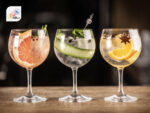
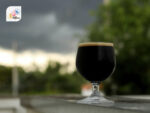

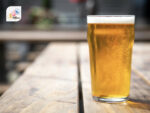
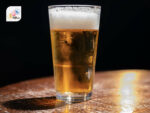


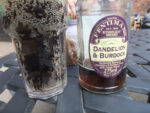
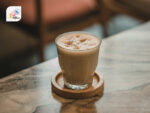
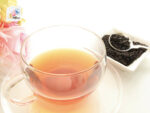

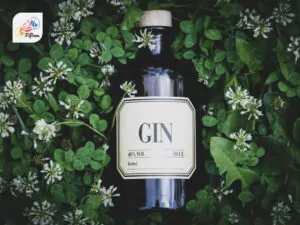
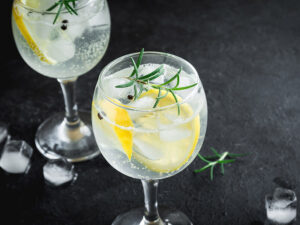
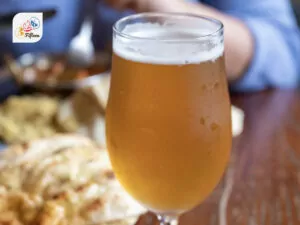
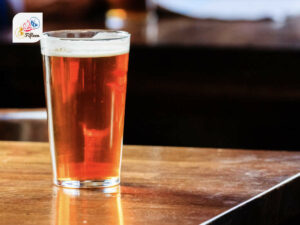
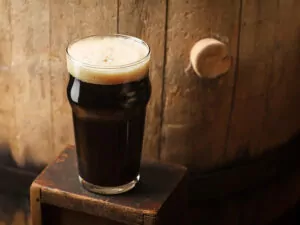
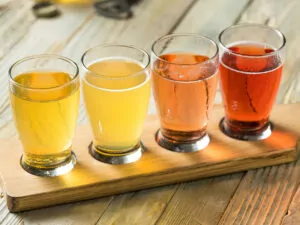
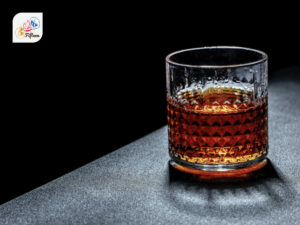
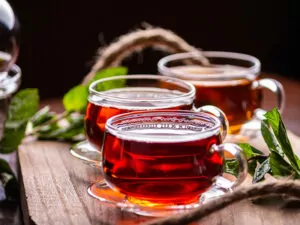
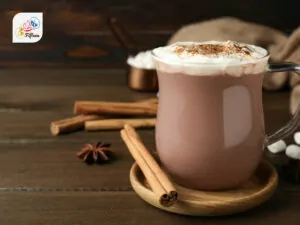
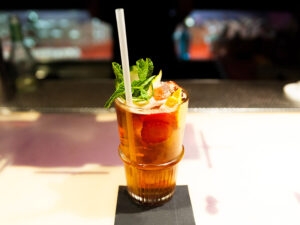
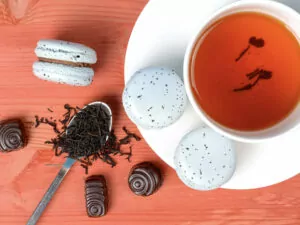
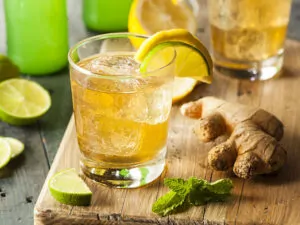
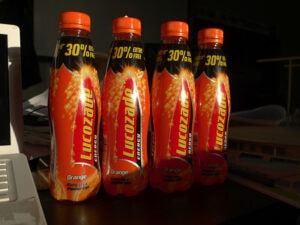
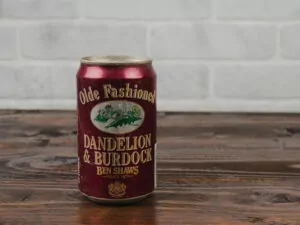
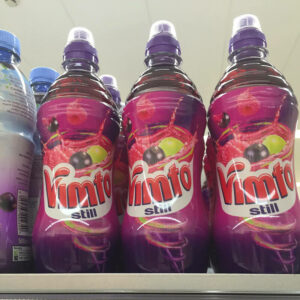
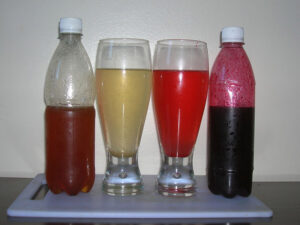

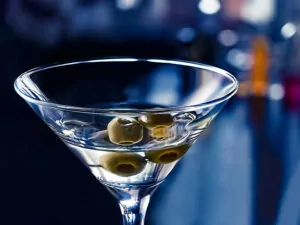
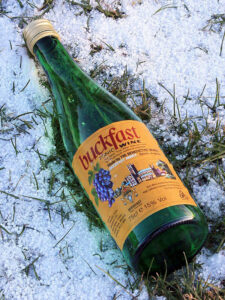
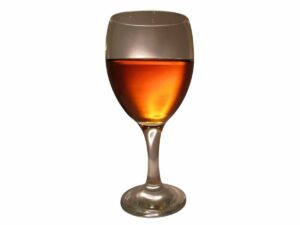
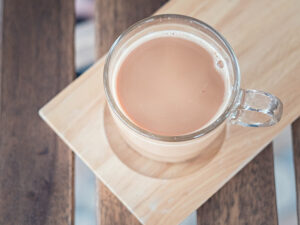
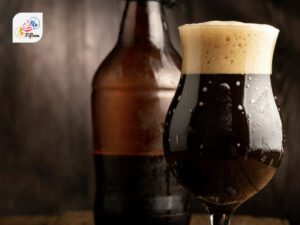
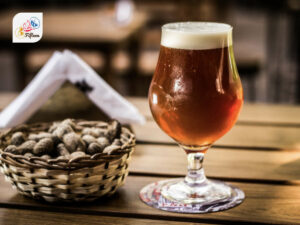
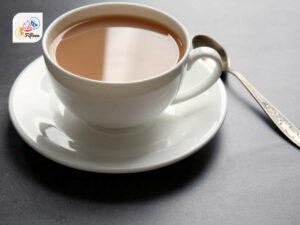
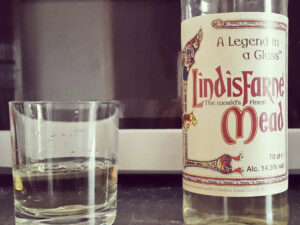
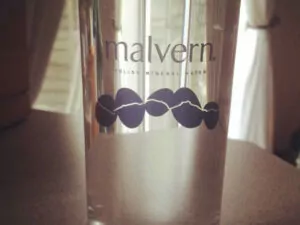
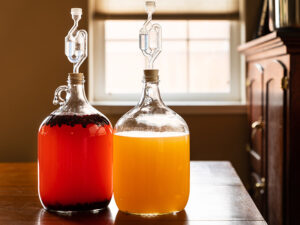
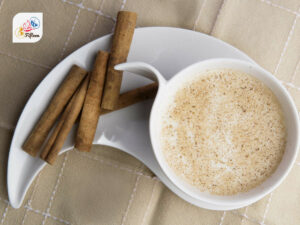
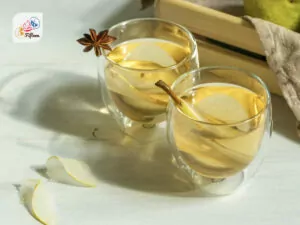
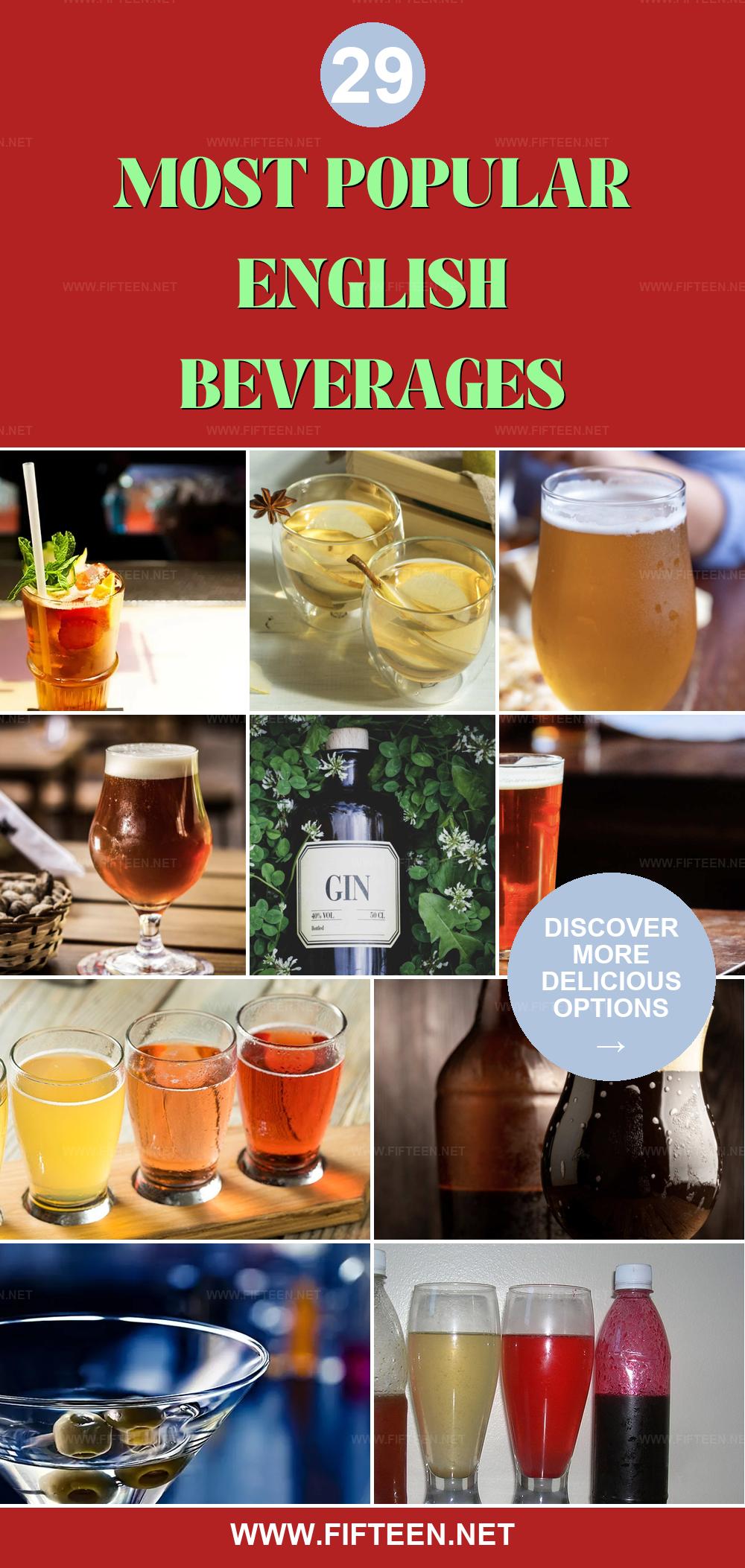
Jamie Scott
Editor in Chief, Senior Content Writer
Expertise
Home Cooking, Meal Planning, Recipe Development, Baking and Pastry, Food Editor, Cooking-video Maker, Western Food Evaluation Expert
Education
Le Cordon Bleu College of Culinary Arts
Local Community College, New York, NY
Jamie Scott is a skilled culinary expert and content creator specializing in Western cuisine. With over 15 years in the culinary field and formal training from Le Cordon Bleu, Paris, Jamie deeply understands how to blend nutrition with delicious flavors. His passion for cooking matches his commitment to making healthy eating accessible and enjoyable.
On Fifteen.net, Jamie brings a fresh perspective to classic dishes and beverages, offering readers insightful recipes, cooking tips, and a fresh view on meal planning that emphasizes taste, health, and simplicity.